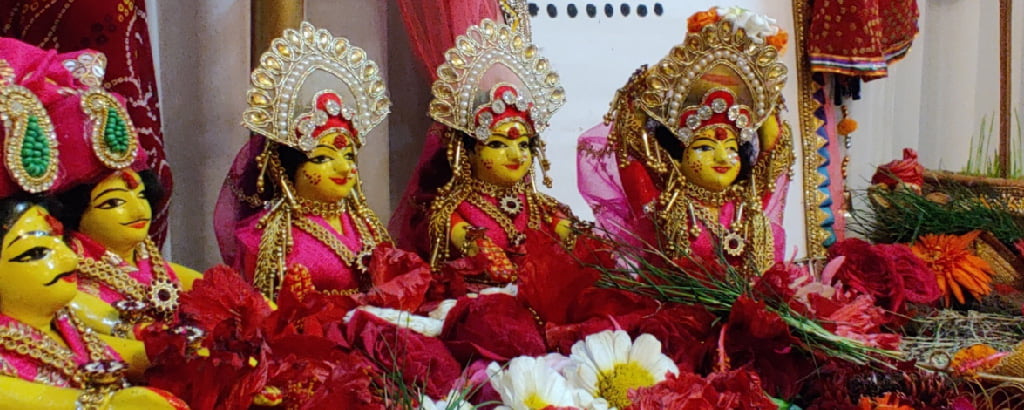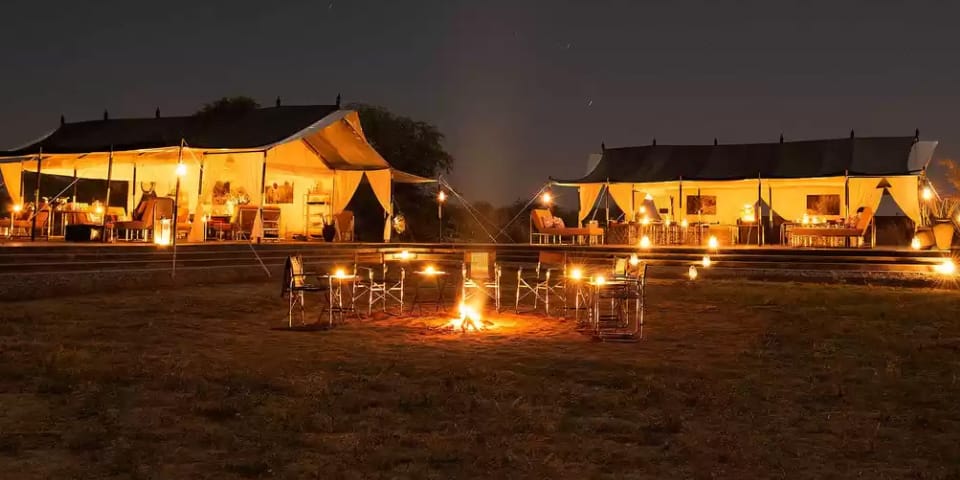- Have Any Question ?
- +91-9929358785
- 01414054824
- Info@thepinkcityholidays.com
Gangaur Festival Celebrated in Rajasthan

Camel Festival in Bikaner
February 19, 2024
Elephant Festival in Rajasthan
February 19, 2024In the heart of the Thar Desert, Rajasthan is a land of vibrant colors, rich traditions, and age-old customs. Among the myriad of festivals adorning the cultural tapestry, Gangaur holds a unique attraction. It is celebrated with great zeal and enthusiasm, Gangaur is a testament to the enduring spirit of Rajasthani cultures and heritage. Let’s unveil the essence of this exhilarating festival with its origin, rituals, regional variations, and contemporary relevance.
Date of celebration: 25 Mar, 2024 – 11 Apr, 2024. It is celebrated for 18 days starting the following day of Holi.
About Gangaur Festival & History –
The origin of Gangaur traces back to the mythological story of Goddess Gauri and Lord Shiva in ancient Indian mythology. Folklore holds that Gauri, a manifestation of goddess Parvati, reunited with Shiva during a protracted separation, signifying marital bliss. The festival celebrates the divine reunion of celestial couples and is mainly attended by married ladies who wish to be blessed with a long and happy marital life.
The festival serves as Rajasthan’s cultural identity, fostering a sense of unity and solidarity among its people. It provides an opportunity for community participation, as people from all walks of life come together to celebrate shared traditions and values. It serves as a platform for the preservation and promotion of Rajasthani art, including folk music, dance, and crafts, Rajasthan’s rich cultural heritage for future generations.
Preparations and Festivities –
The celebration is among women dressed up in the traditional style, accoutered in bright colors and elaborative jewelry. It usually lasts for two weeks, with different rites and standards being observed on each day. Popularly known as “Solah Shringar,” women are fast, deprived of food and liquids from dawn to moonrise to pray to the goddess for their husband’s well-being. The new moon sighting, or Chaitra Shukla Ekadashi, marks the beginning of the Gangaur celebration. This initiates the grand celebrations, which are typified by processions through the streets of Rajasthan’s cities and villages.
How is the festival celebrated in different parts of Rajasthan?
While Gangaur is celebrated across Rajasthan with sincere devotion, each destination boasts its unique customs and traditions, adding to the festive vibes of the city.
Jaipur – The capital city beholds the grand affair featuring elaborately adorned elephants, camels, and horses, accompanied by folk dancers and musicians.
In Udaipur – The festival assumes a royal vibrancy, with the Mewar royal family leading the procession amid a display of regal pomp and grandeur.
In Jodhpur – Gangaur is celebrated with great pomp and show as women gather at the historic Mehrangarh Fort to offer prayers and participate in cultural performances.
In Rural Areas – The festival takes on a more intimate and community-oriented vibe, with families coming together to partake in traditional rituals and feasts.
Main Highlights of the Festival:
- Married women observe fast for all the 18 days, while unmarried women eat only one time a day.
- Women craft special Gauri clay idols, while some make permanent wooden images. The goddess Gauri is adorned well in the best way.
- Indulge in cultural activities like Rajasthani dance and songs are performed by the women.
- The last day is like a feast marking the end of the festival and light fireworks in the sky.
- In tribal communities, the festival is considered as a match marking the day.
- A famous Rajasthani sweet name, Ghewar, is made and distributed to all as a celebration.
Final Thoughts –
The vivid hues of the Gangaur festival vary between the regions, leaving a legacy of custom, ethnic pride, and community. The celebration intertwines mythology, spirituality, and peace, is a reminder of Rajasthan’s rich cultural legacy. It embodies the spirit of togetherness instead and captures the essence of Rajasthani culture through the celebration of love, dedication, and familial relationships.








